One perk of the Czech Republic is the presence of craft microbreweries in practically every town and many villages. Whenever we set off on a weekend trip, our journey ends in one of them to sample local brews. And since old habits die hard, I explore local microbreweries wherever my travels take me, even in my cherished Spain. While Spain's beer tradition may not rival the Czech one, as the south European country is renowned for its robust wines and perhaps ciders from the Northern coast, there are craft breweries even in the sunny region of Andalusia.
The details of my Andalusian Christmas trip will be covered in a short series soon, but now, let's focus on my #beersaturday experience in Granada. Amongst the marvels like the world-famous Alhambra Palace, beer enthusiasts can quench their thirst with Sacromonte brews.
Putování po pivovarech, to má v Česku tradici. Ostatně, takový Karel Hynek Mácha prý cestou do Krkonoš navštívil víc pivovarů než hradů. Také já ctím bonton a ochutnávám řemeslná piva všude, kam mě vítr zavane. A tam, kde žádná nevaří, alespoň ta průmyslová. Minipivovarů už je dnes naštěstí ve světě dost. I na místech, kde byste je třeba nečekali. Mimo jiné v Granadě. O městě samotném i proslulém paláci Alhambra se u mě ještě dočtete, ale teď je čas na #beersaturday report, přestože už je pondělí.
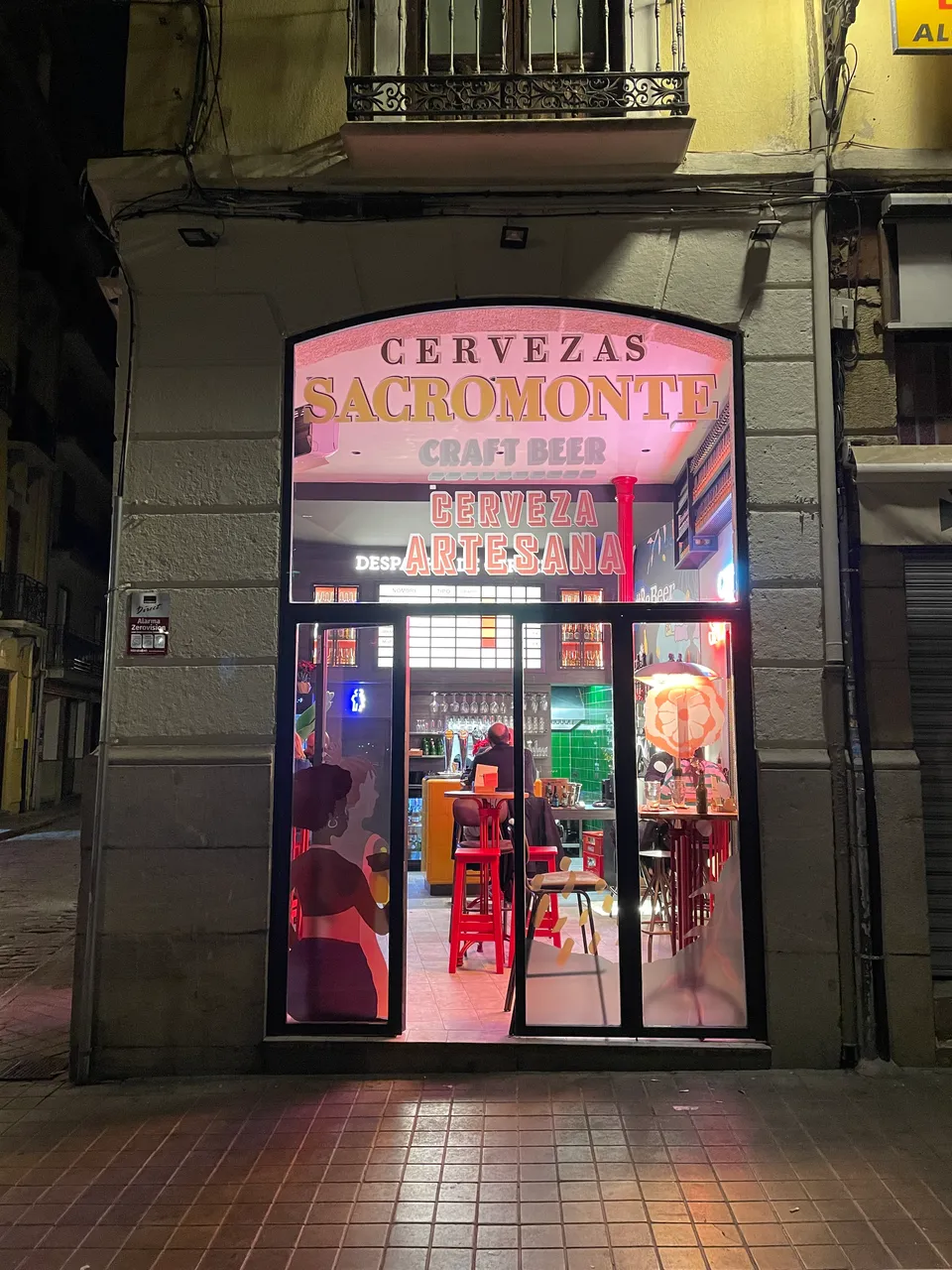
My beer-related Spanish vocabulary is almost as rich as the swears, slurs and dirty rhymes one (like Albacete, caga y vete), yet this promising sign is like A1 level: Cerveza Artesana.
In contrast to most Czech microbreweries, where taprooms or even restaurants are usually within the same building (or in one case on the same boat) where they brew their batches so you can admire the tanks and other equipment, Sacromonte takes a different approach. Production occurs on the outskirts of Granada, not in Sacromonte like one might expect, while the taproom is in the bar area at Plaza de la Trinidad. It was to this vibrant locale that my girlfriend and I headed, eager to explore the nightlife of Granada. And local beers, obviously.
I když v gramatice občas tápu a slovní zásobu nemám zdaleka takovou, jak bych si přál, o pivu jsem schopen mluvit pomalu stejně jako v angličtině nebo češtině. Ale tenhle libý nápis, to je tak úroveň A1: Cerveza Artesana.
Zatímco u nás je většinou výčep nebo restaurace přímo v pivovaru (případně na stejné lodi), Sacromonte vaří pivo na předměstí Granady. V centru města na Plaza de la Trinidad, které je středobodem místního nočního života, pak mají výčep. Klika, že jsme bydleli v hotelu poblíž :)

The taproom is a typical contemporary Spanish bar – a tad less sticky than its old-fashioned counterparts but equally bustling. In Spain, the mere existence of a completely crowded bar is rejected; such a phenomenon simply doesn't exist here. There's always room for at least one more guest. Just move it a bit, chicos!
Výčep je takový klasický moderní bar španělského střihu. O trochu méně ulepený a zašlý než ty klasické, ale stejně nacpaný lidmi. Ve Španělsku totiž něco jako plný bar neexistuje, ta představa jim přijde absurdní. Vždycky je místo ještě alespoň pro jednoho dalšího hosta. Prostě se tam uvnitř trošku smrskněte, chicos!


However, I found a design element that caught my eye – the bathroom sink. Here's a quick recap for those who have never tapped beer: pulling the lever pours beer, pushing it pours beer foam. It's a trick to create the illusion of a perfectly poured pint with a proper head used mainly by less skilled bartenders. Naturally, I had to try pushing the lever here, hoping for a stream of foam. Unfortunately, it didn't work.
A přece tu byla jedna designová specialitka, kterou jsem si nemohl nevyfotit. Tohle umyvadlo na záchodě. Pokud jste nikdy nečepovali pivo, vězte, že náš národní mok teče, když páku běžné pípy nakloníte k sobě. Když ji zatlačíte od sebe, teče pěna. Samozřejmě mě napadlo, jestli pěna poteče i tady. Bohužel netekla.
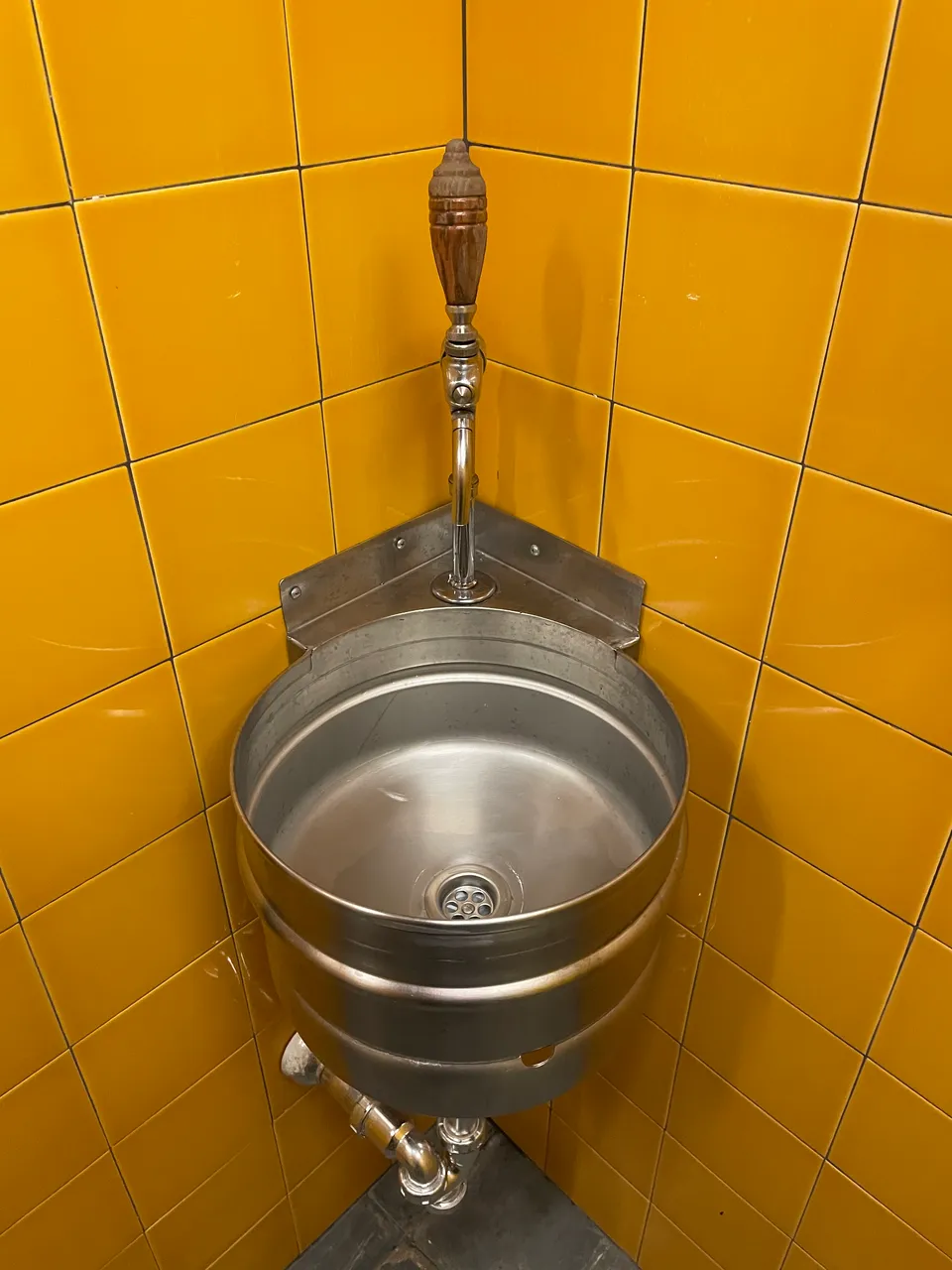
The Beers (and Tapas)
When you order a drink in Spain, you can always expect a little something to nibble on. In Andalusia, they are more generous than in other Spanish regions, serving local olives and snacks like those at the end of my post. But let's now turn our attention to the beers, shall we?
O tapas už jsem tady psal v intermezzu České bašty. A tak se můžeme rovnou vrhnout na pivo.
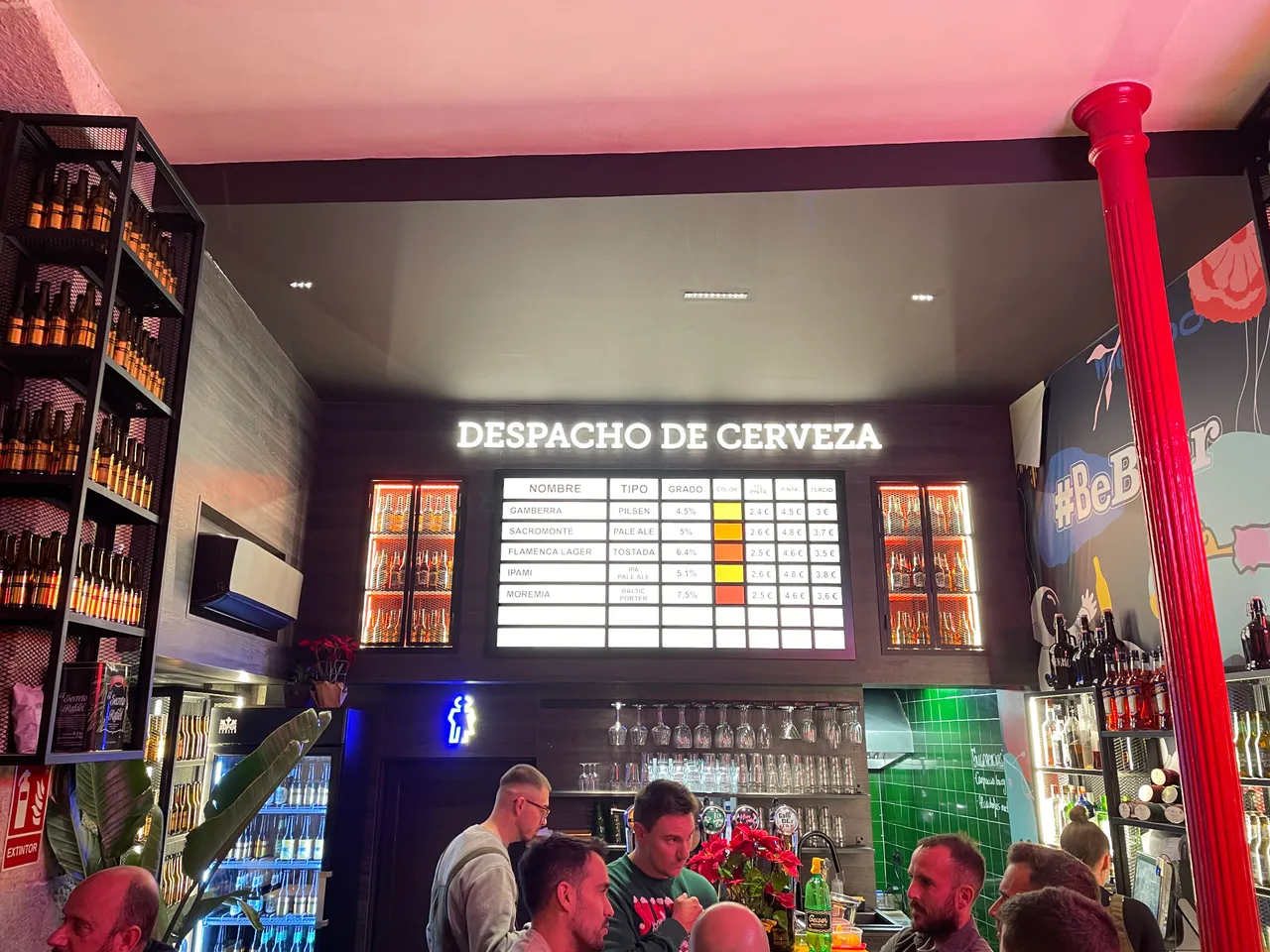
Sacromonte; Pale Ale
My first beer shared its name with the brewery and the famous local neighborhood with habitable caves. I am going to cover it in my upcoming posts. Sacromonte ale is a medium-bitter brew with distinct orange notes. The bitterness gradually mellows into a subtle taste of orange peel. The aroma is mild, not too pronounced, with a slight malty undertone, much like the beer's aftertaste. By Spanish standards, it stands out as a very good beer, although in a Czech microbrewery, I might label it a bit on the flat side. It's worth noting that all the beers were filtered and pasteurized, while Czech microbreweries avoid such practices.
Moje první volba se jmenuje stejně jako pivovar a známá čtvrť s jeskynními domy. Ale o těch se ještě rozepíšu. Sacromonte je středně hořký ale s výraznými pomerančovými tóny. Ty postupně začnou převládat a rozmělní se do aroma pomerančové kůry. To je spíše lehké, nestrhává na sebe pozornost, a je podbarvené sladovými tóny. Na španělské poměry velmi dobré pivo, našima očima možná trochu ploché. Tady je ale třeba poznamenat, že všechna piva byla pasterizovaná a filtrovaná, na což z českých minipivovarů nejsme zvyklí.
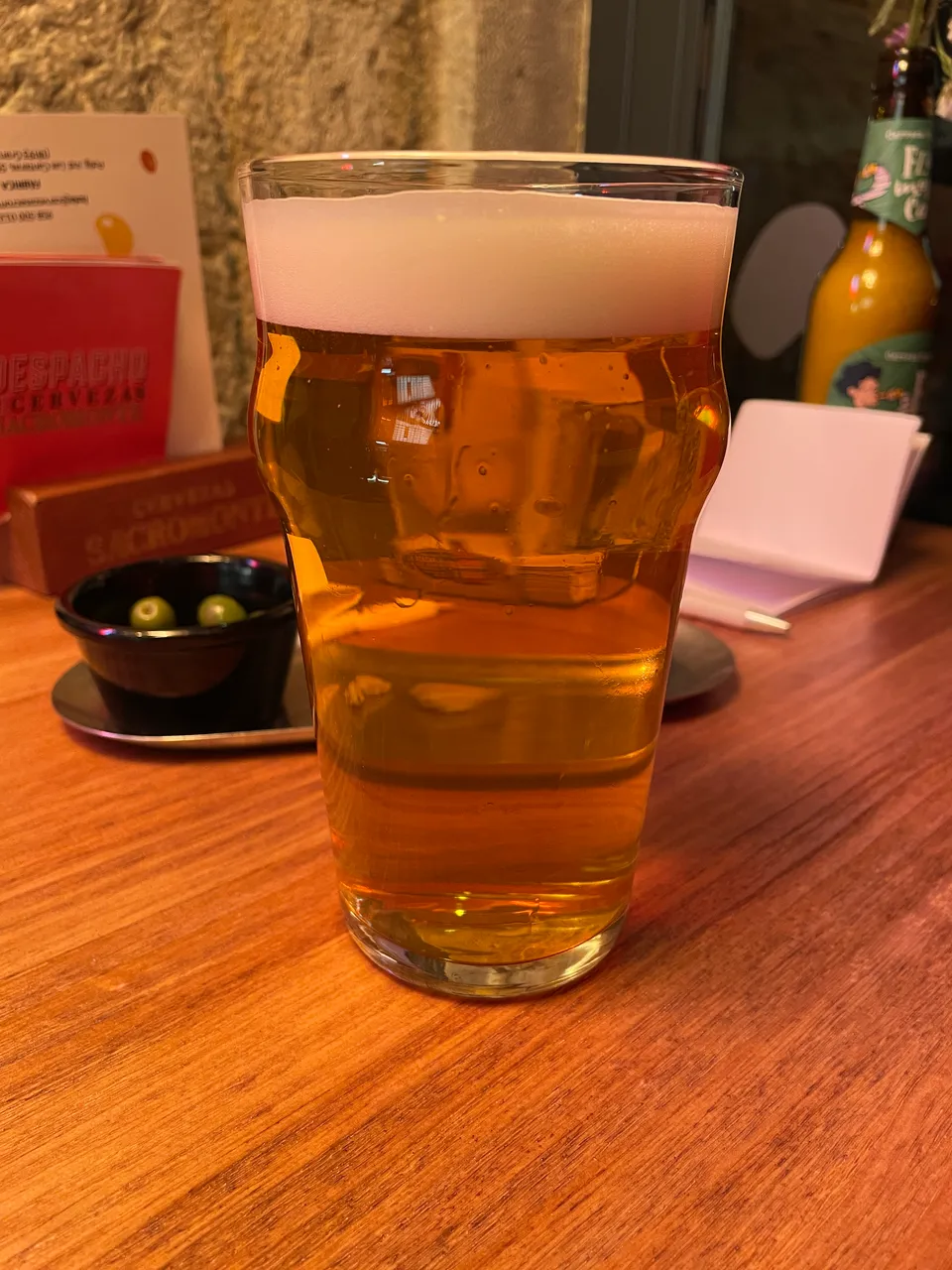
Flamenca; Amber Lager
'Tostada' is a vaguely defined category of amber beers brewed with roasted malts. Various tostadas are gaining popularity in Spain. The prominent feature of this beer is the roasted malt, dominant in the scent. Caramel malt flavor takes center stage in the body, evolving into a subtly spicy to earthy aftertaste reminiscent of Pilsner lagers. However, the bitterness remains subtle. The beer boasts a dense texture, and its higher alcohol content (6.4%) is discernible. Among our initial two beer choices, Flamenca turned out to be the better-balanced and more enjoyable option.
"Tostada" je vlastně polotmavé nebo jantarové pivo, tahle kategorie je dost vágně definovaná, i když jsou tostadas ve Španělsku čím dál tím populárnější. A právě pražený slad dominuje vůni i chuti piva. Z karamelových tónu postupně vykukuje jemně kořeněná hořkost typická pro plzeňské ležáky, v dozvuku je jí ještě víc, ale stále je jemná. Pivo je hutné, pitelné a má vyšší obsah alkoholu, než jsme u ležáků zvyklí, 6,4 %. Z prvních dvou piv byla Flamenca lepší volbou, působila vyváženěji.
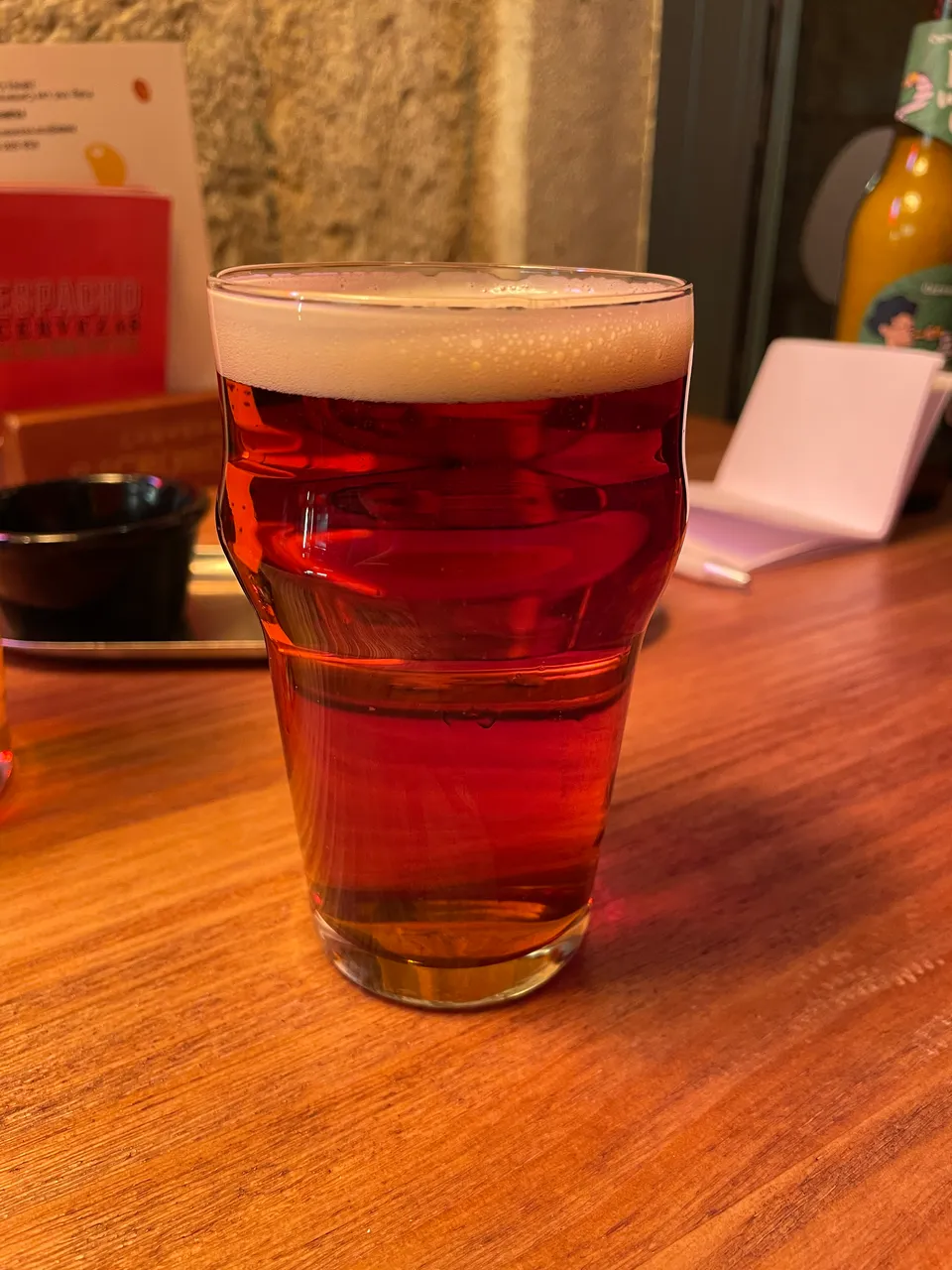
Moremía; Baltic Porter
Beer from the Baltics in Andalusia? Skipping it would be a sin! I must admit that it appealed to me the most among all the four we sampled. The aroma carries a subtle hint of strawberry, and the wild strawberries take center stage in the body, complemented by roasted cocoa undertones and a faint caramel aroma. After each sip, the roasted cocoa delicately melts in the mouth, paving the way for the reappearance of light strawberry notes in the aftertaste. A surprisingly delightful piece!
Porter z Pobaltí v Andalusii? To by byl hřích neochutnat. A musím uznat, že mě tohle pivo oslovilo z celé čtveřice nejvíc. Zaujala už lehká vůně lesních jahod, která hraje prim i v těle piva. Tam je ale zabalená do praženého kakaa a lehkých karamelových tónů. Při každém doušku se v ústech rozlévají kakaové boby, aby pak uvolnily prostor jahodám. Hodně zajímavý kousek.

Gambeera; Pilsen
Now, let's face the trial by fire – a Pilsner lager brewed in Spain. We take rightful pride in our national style, but how did this one fare? My Spanish girlfriend summed it up perfectly: "It's like gazpacho in the Czech Republic. The process is probably right, but the ingredients won't be right." Indeed, the typical Saaz hop notes were notably absent. The verdict? An above-average international lager, meeting the standards set by Spain. However, those seeking a true Pilsen lager should pass on this one.
A na závěr jsem si nechal pravou zkoušku ohněm. Plzeňský ležák z jihu Španělska. T. ho zhodnotila naprosto dokonale: "Je to asi jako gazpacho v Česku. Asi je správně uvařené, ale ze špatných surovin." Ano, v pivu vůbec nehrál žatecký chmel, naprostý základ českých ležáků. Úplně chyběly jeho typické tóny. A tak jde spíš o nadprůměrný International Lager, alespoň na španělské poměry. Kdo chce pivo plzeňského typu, musí se poohlédnout jinde.
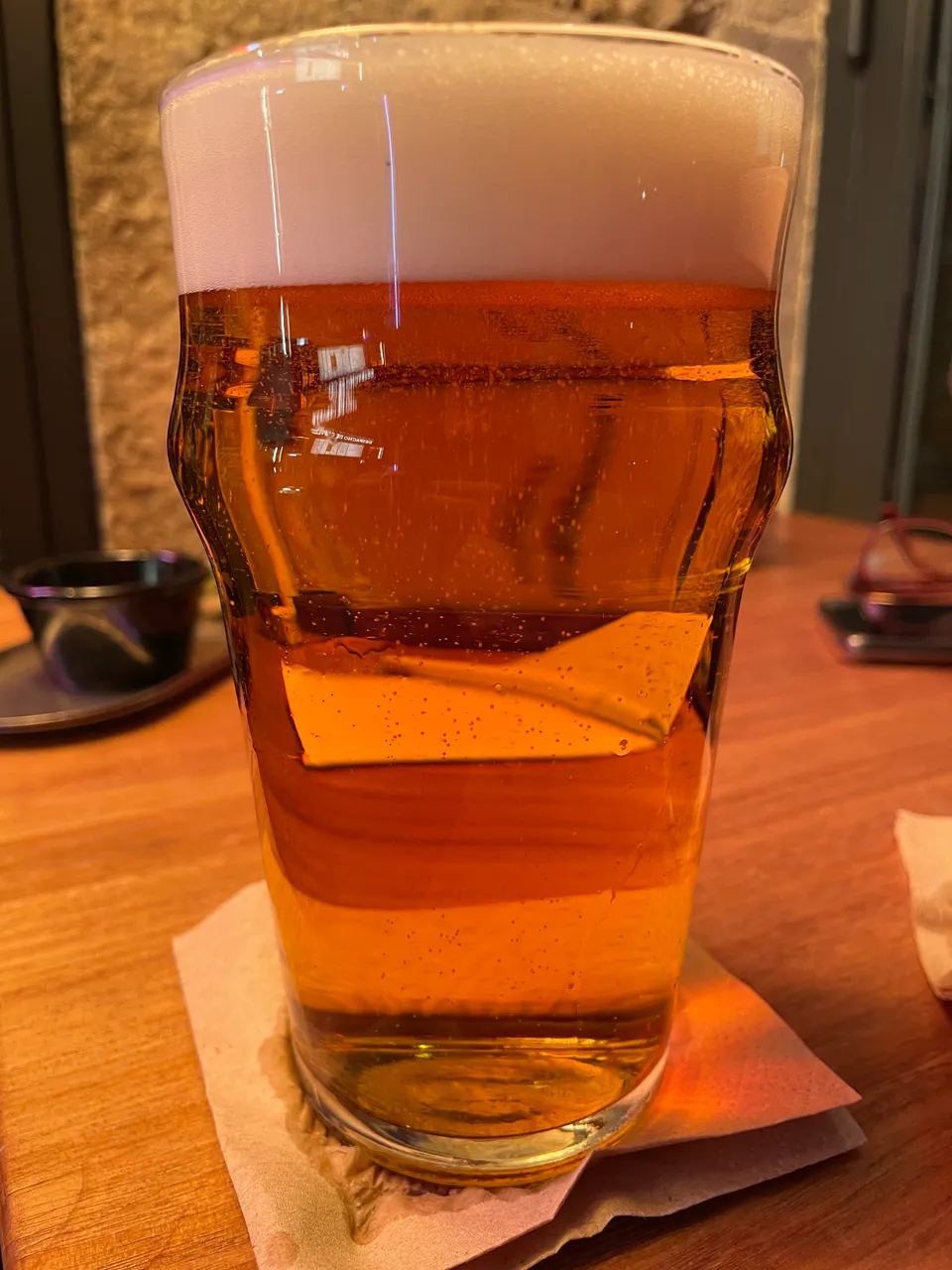



And since there are craft breweries in Spain (including Zaragoza), I'd like to invite @palomap3 to participate in @detlev's next #beersaturday challenge: Write a post about beer in any language with at least 250 words and 3+ pictures of beer.